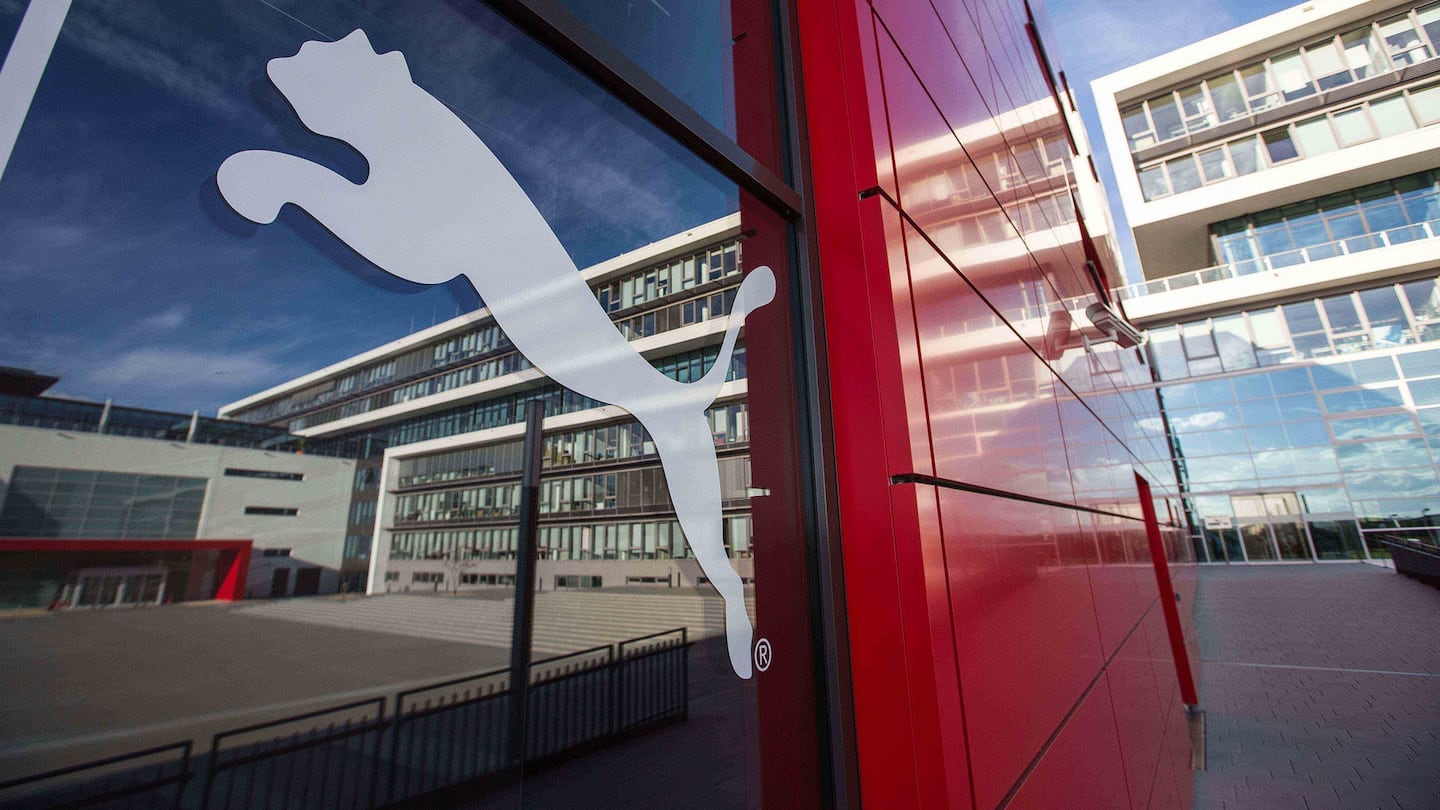
The Business of Fashion
Agenda-setting intelligence, analysis and advice for the global fashion community.

Agenda-setting intelligence, analysis and advice for the global fashion community.

BERLIN, Germany — German sportswear maker Puma is working on contingency plans to move some production from China to other Asian markets if US tariffs are imposed on footwear, its chief executive said on Tuesday.
Puma reported that strong demand in China helped power a jump in first-quarter sales and earnings, but cautioned that the threat of a US-China trade war was tempering its optimism for the rest of the year.
Puma currently makes about a third of its products in China and is looking into moving sourcing of footwear to countries like Vietnam and Indonesia, and apparel to Cambodia and Bangladesh, said chief executive Bjorn Gulden.
"Our sourcing people have been working on alternatives for the last two or three months," Gulden told a conference call for journalists. "It causes headaches for many people."
ADVERTISEMENT
Puma shares, which have risen 23 percent in the last three months on its bullish outlook, were down 0.6 percent at 9:45am.
Apparel and footwear could be included in a new US list of $100 billion worth of Chinese imports expected to be announced in coming days as the trade fight started by US President Donald Trump with China escalates.
Gulden said Puma might have an advantage over larger rivals Adidas and market leader Nike in being able to move sourcing faster because it its volumes are smaller.
However, he added that US tariffs could also mean Puma has to accept a lower US margin or raise prices, adding: "We are not the market leader in the US so of course we will see what the market does."
Gulden said moving production for the US market could take about 12 months, adding that capacity freed up could also be used to make products for the booming Chinese market, where Puma's sales growth was exceptional in the first quarter.
"We are not even touching the second and third tier cities in China," Gulden said, noting Puma had about 1,400 points of sale in China, compared to about 10,000 for its rivals.
Puma reported that first-quarter sales in the Asia-Pacific region jumped 35 percent.
Gulden noted that Puma had already been shifting production away from China over the last couple of years due to rising labour costs, with many of the factories across Asia owned by the same companies, making it easier to switch volumes.
ADVERTISEMENT
Gulden dismissed the idea that tariffs could shift footwear production back to the United States, although medium to long-term it made sense to move sourcing closer to its major markets.
Ahead of the soccer World Cup in June, Gulden said Puma had a good order book for the second and third quarters. It has compensated for the failure of top sponsored team Italy to qualify by signing finalists Senegal and Serbia.
By Emma Thomasson; editor: Keith Weir.
From analysis of the global fashion and beauty industries to career and personal advice, BoF’s founder and CEO, Imran Amed, will be answering your questions on Sunday, February 18, 2024 during London Fashion Week.
The State of Fashion 2024 breaks down the 10 themes that will define the industry in the year ahead.
Imran Amed reviews the most important fashion stories of the year and shares his predictions on what this means for the industry in 2024.
After three days of inspiring talks, guests closed out BoF’s gathering for big thinkers with a black tie gala followed by an intimate performance from Rita Ora — guest starring Billy Porter.